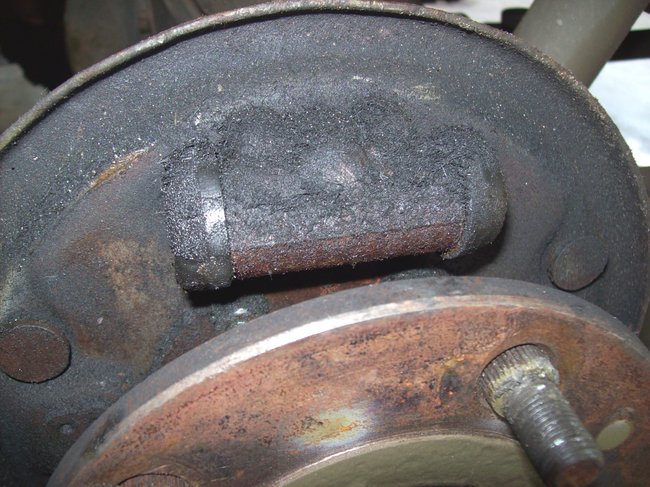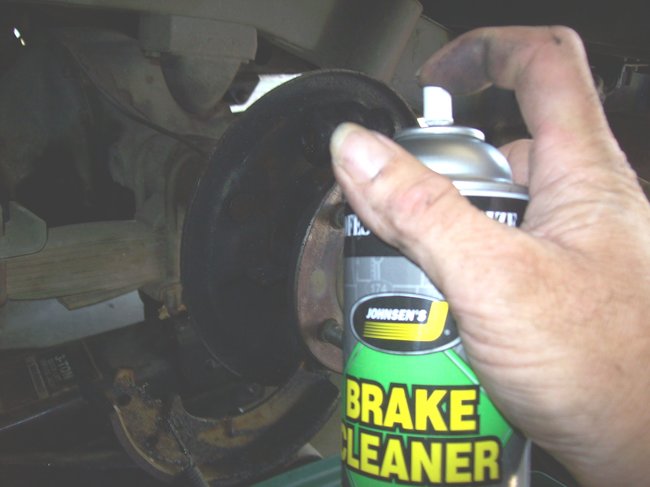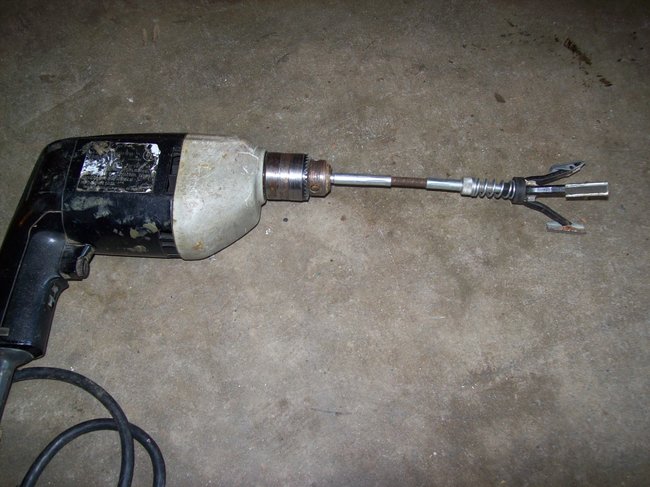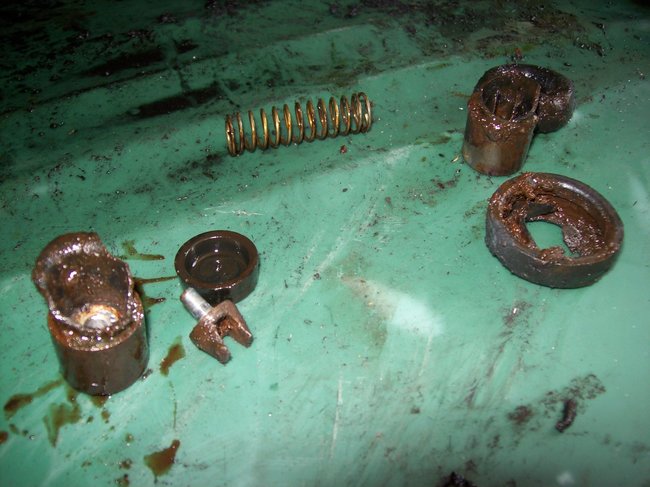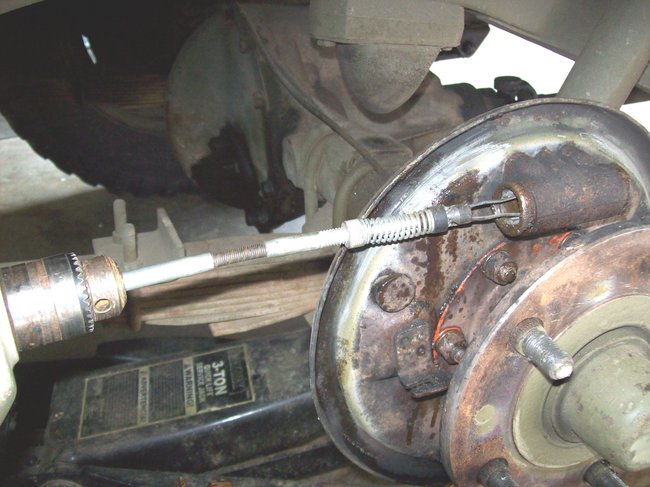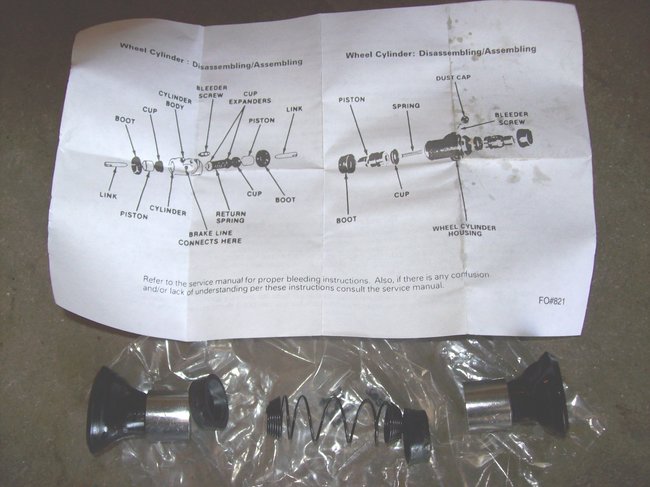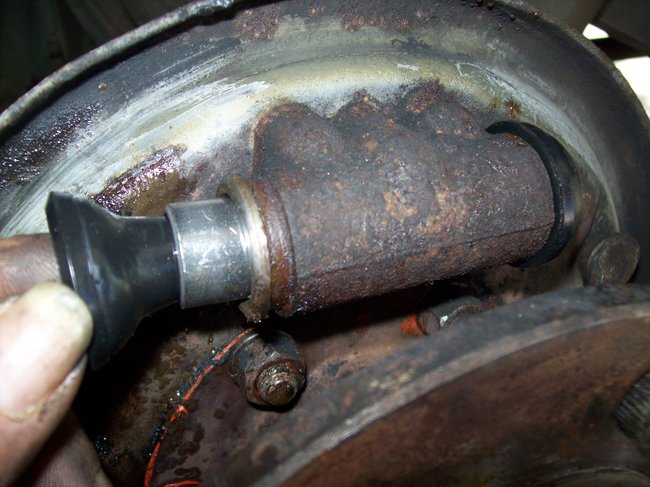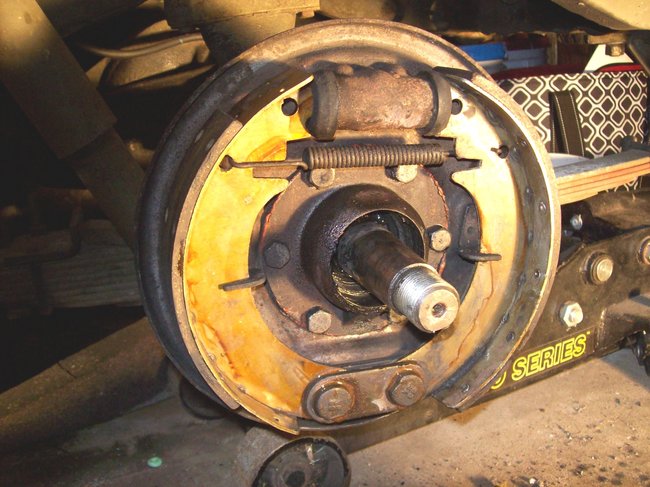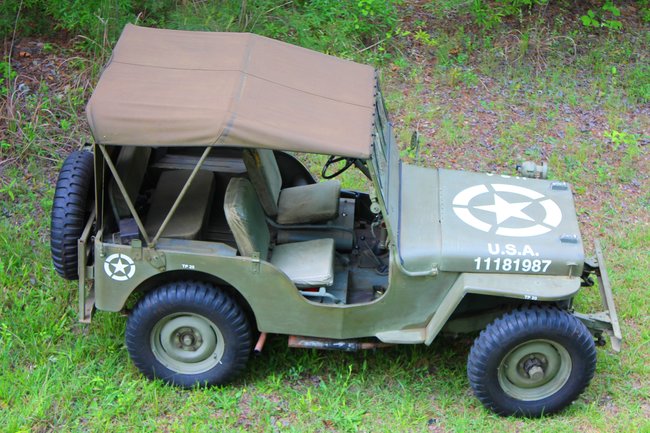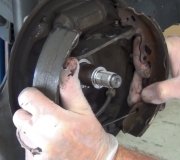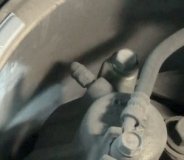Was that a new or used wheel cylinder you installed? Check if the parking brake cable is rusted in the partially-applied position. Both brake shoes must come to rest on the large anchor pin on top of the backing plate. Also look at the parking brake strut bar between the two shoes. You must be able to push that forward about 1/8" against the anti-rattle spring pressure, by hand. If either of those are not true, the pistons in the wheel cylinder will have to travel too far.
Also be aware most wheel cylinders are assembled with "Brake Assembly Fluid", which is a thick brake fluid. If all you're seeing is wetness when you peel back the dust boot, you may be just seeing that assembly fluid.
Check too that you aren't seeing gear lube from a leaking axle seal. That will be very sticky compared to brake fluid.
One of the biggest causes of repeat misery is when a hint of petroleum product finds its way into the brake fluid. If engine oil, power steering fluid, or transmission fluid is poured into the master cylinder, the first problem will be a high and hard brake pedal, and severely dragging brakes. The only proper repair for that is to remove every part that contains rubber parts that contact brake fluid, flush and dry all the steel lines, then install all new rubber parts. That includes the master cylinder, calipers, wheel cylinders, rubber flex hoses, combination valve, rear height-sensing valve, rubber bladder seal under the reservoir cap, and if the truck has anti-lock brakes, the hydraulic controller or the dump valve assembly. Needless to say, that is a very expensive repair. If any rubber part is overlooked, the contamination will leach out of it and recontaminate the new brake fluid.
The concern around a wheel cylinder is if penetrating oil was used to get a rusted line nut loose. Once removed, if that oil is washed off right away with Brake Cleaner, there should be no problem, but to be safe, I never allow any petroleum-based chemicals near my brake jobs.
One clue to fluid contamination is the problem takes about a week to show up. Rubber o-rings and lip seals grow and become soft and mushy. At first they just stick, but eventually they lose their ability to seal. If that occurs in the master cylinder, the seals grow past the fluid return ports and prevents the pressurized fluid from returning to the reservoir. That is what causes the brakes to self-apply, get hot, then apply harder and harder.
Years ago it was common practice to rebuild wheel cylinders as part of the brake job. That is real easy to do, and only takes a few minutes, but you must inspect the bore along the bottom, right in the middle, for signs of corrosion. If you see that, the lip seals can't seal over that corroded area, and you'll have a leak. That leak often shows up after a do-it-yourselfer simply throws on a new pair of shoes. If the return springs are weak, a parking brake cable was sticking, or in some cases, the design of the self-adjusting mechanism is such that it holds the tops of the shoes out a little, the seals can be running in a clean part of the bore. Installing new shoes and / or repairing other issues can place the shoes back where they should be when at rest, and that can put the seals over the corroded area.
If nothing pans out so far, wash the brake fluid off and dry the area, then watch for where the leaking fluid shows up first. A more likely cause is the line is leaking where it attaches to the wheel cylinder. There can be a hairline crack in the double flare. The flare can be too compressed to seal against the seat, or there can be dirt or rust built up in the threads of the nut making it appear to be tight before it has run the flare up to the seat. The clue is you'll see the wetness on the back side of the backing plate, and it will run down from there. It is common for it to run into the front of the backing plate too, right under the wheel cylinder. If the seals in the wheel cylinder are really leaking, the line and nut will be dry. Usually that area of the backing plate will be dry too. The fluid will drip straight down onto the shoes and drum.
If necessary, give me the history leading up to this, and any observations or clues you can.
Wednesday, April 5th, 2017 AT 7:28 PM
